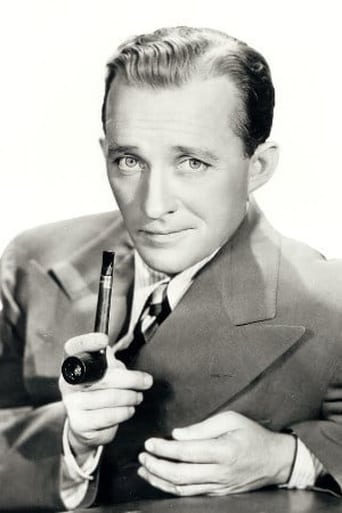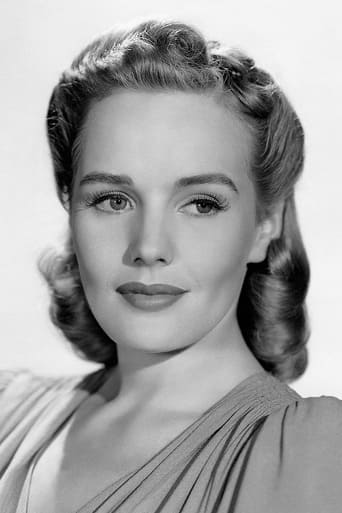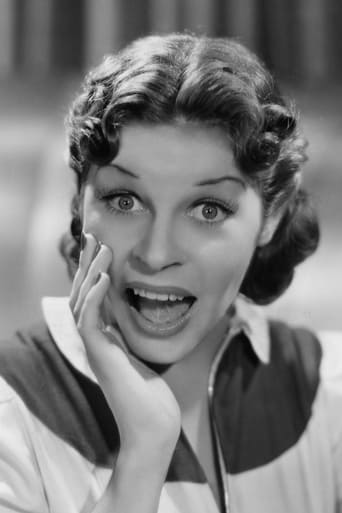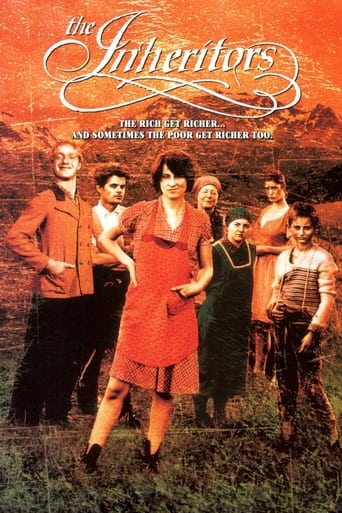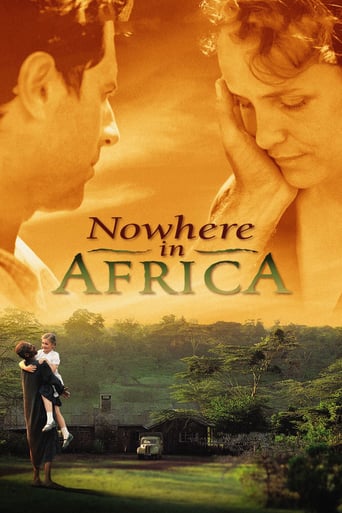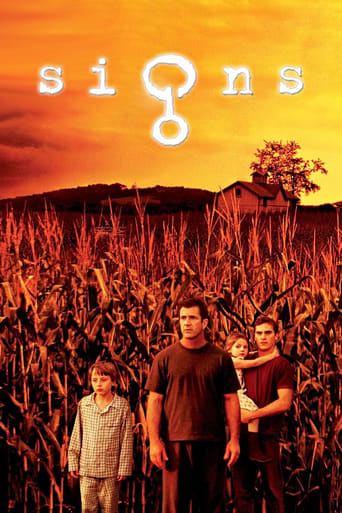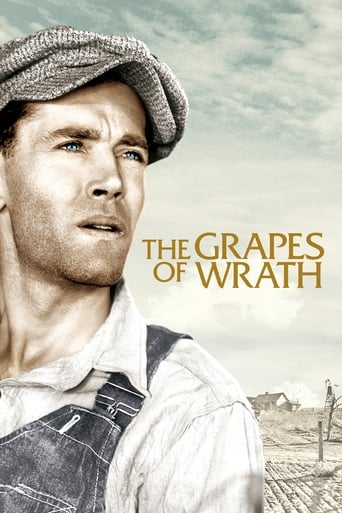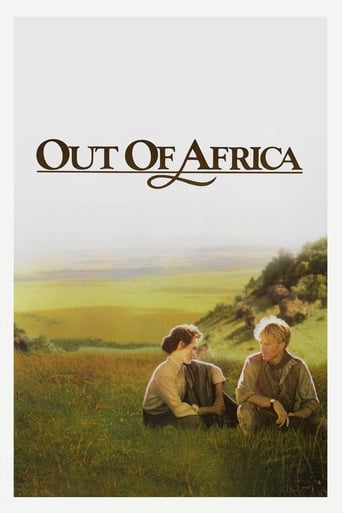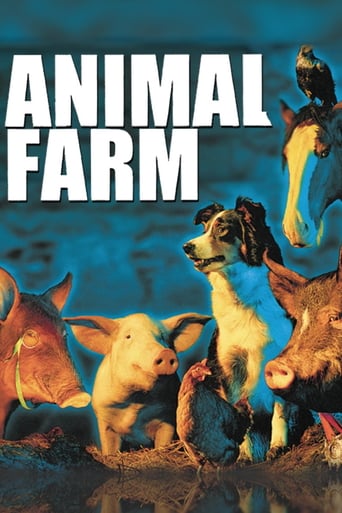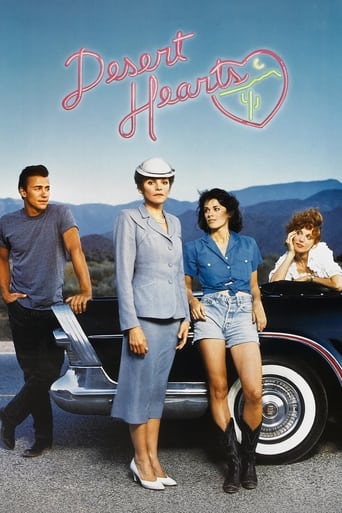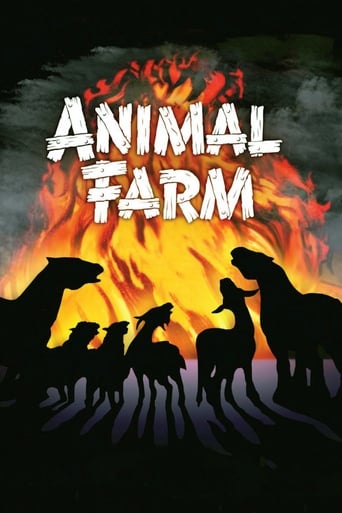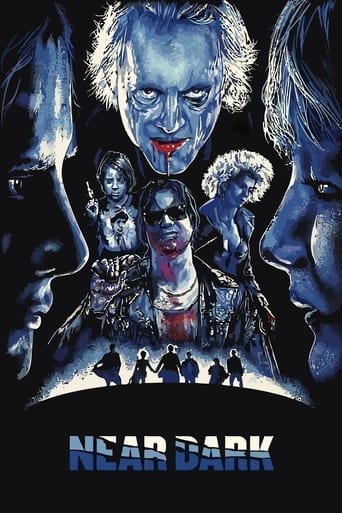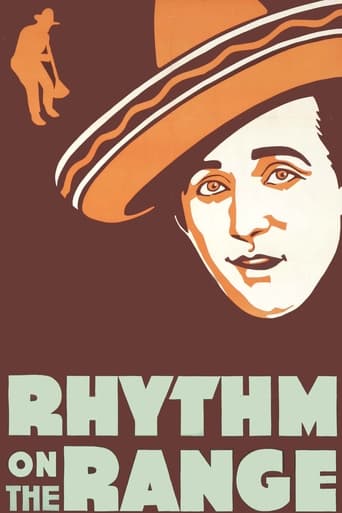
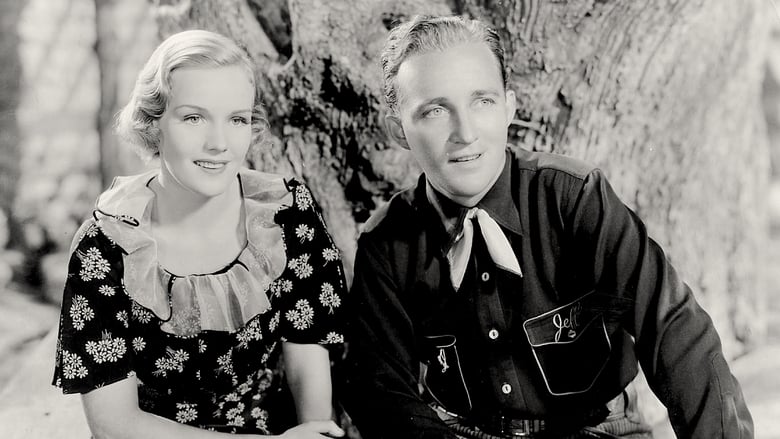
Rhythm on the Range (1936)
Cowboy Jeff Larabee returns from the east and meets Doris Halloway, a young girl, that he regards as a vagabond, till he learns that she's the owner of the farm where he works. He tries to win her heart, but without success, until she is endangered by gangsters
Watch Trailer
Cast


Similar titles
Reviews
Absolutely brilliant
Entertaining from beginning to end, it maintains the spirit of the franchise while establishing it's own seal with a fun cast
The film's masterful storytelling did its job. The message was clear. No need to overdo.
It’s fine. It's literally the definition of a fine movie. You’ve seen it before, you know every beat and outcome before the characters even do. Only question is how much escapism you’re looking for.
Hollywood in the classic era occasionally made some very, very bizarre casting decisions. Since actors were generally contracted to studios, often they'd stick some of these folks in the darnedest pictures and there wasn't much the actors could do about it. Some great examples of bizarro casting was seeing Katharine Hepburn as a Chinese woman in "Dragon Seed" as well as John Wayne as Genghis Khan in "The Conqueror". Not QUITE this strange, but close, is seeing Bing Crosby playing a cowboy in "Rhythm on the Range". Bing Crosy as a cowboy?! Believe it or not!When the film begins, Doris (Frances Farmer) is rehearsing for her wedding. She's a spoiled woman and freely admits she's marrying more out of boredom than anything else! Fortunately, when she goes to a rodeo and sees the buff he-man, Jeff Larabee (Crosby) she is smitten...though he seems more smitten with a cow! Strange as it is, this is the film in a nutshell!While casting Crosby as a cowboy was stupid and udderly ridiculous, this film manages to be a lot of fun. Even with the inclusion of Martha Raye (who is usually too brash and obnoxious), it's still filled with neat songs and characters. Brilliant or sophisticated? No way...but still somehow fun and worth seeing.By the way, during a song and dance number late in the film, it's Louis Prima singing and playing trumpet. He wasn't yet famous and later would gain eternal fame as King Louie in the cartoon "The Jungle Book".
The movie keeps shifting plots every 15 minutes. It seems probable that lots of material was cut out, as very little makes much sense.However, the movie contains so many delightful elements that one hardly cares. Bing Crosby is quite pleasant. He is wonderfully laid back and relaxed, just saying his lines between songs. This allows us to focus mainly on Francis Farmer, who is captivatingly beautiful as a runaway heiress-bride. Bob Burns with an instrument he invented called "the Bazooka" and Leonid Kinskey as the Russian immigrant cowboy "Mischa" provide a few laughs. Cuddles the Bull is also a surprisingly effective animal co-star.This is 20 year old Martha Raye's screen debut and it is quite unusual. She is doing vaudeville without toning it down one iota for the screen. This makes a sharp contrast to Crosby and Farmer's gentle reserved acting styles. She is frenetic, shouting and jumping all other the sets. There is something disturbing about her man-hungry character, Emma. It is a sex-role reversal with the woman as the obsessed predator who can't control herself and offers herself to any stray man. With so many other out-of-synch elements in the film, she just fits right in.It is a little ironic that Raye would get top billing two years later in "Give Me A Sailor" which was Bob Hope's first real starring film. So Raye worked with both Crosby and Hope before they worked together on the road pictures.For about 15 minutes towards the end of the film, there's a nice jamboree which includes the introduction of the classic Johnny Mercer song "I'm an Old Cow Hand". The three or four plot lines are kept in limbo while this is going on. If we had cared about the plot lines, we would have been upset, but since they are so light and flimsy anyway, we can see them as just excuses for this nice vaudeville segment.It is a shame that the duet between Farmer and Crosby was cut. I hope someone finds it somewhere and releases it on Youtube.Ultimately, this is an amusing and reasonably clever concoction of fluff and music. It is too slow-paced for today's ADD generation, but for lovers of Old Hollywood, it is fine.
Several of the preceding comments have gone into great detail about the film and its pleasures. "Rhythm on the Range" is, to our modern jaded eyes and ears, obviously dated, but it has a charm and sly humor that are abundant enough that even 21st century sophisticates can enjoy it. I concur that the major reason to watch the film is for the wonderful performance of Frances Farmer, here somewhat eschewing her early haughty characterizations for an almost subversive comedic performance. This was Frances' first "A" production, after receiving top billing in two very well received Paramount "B"'s, "Too Many Parents" and "Border Flight." Frances went straight from this film to her legendary role(s) in Goldwyn's "Come and Get It," so from late summer, when "Rhythm" was released, through the end of 1936, when "Come and Get It" premiered, she was arguably the hottest, and certainly one of the most talked about, new stars of that era.The duet one of the previous commenters mentioned, "The House Jack Built for Jill," was in fact filmed but was not, as that commenter stated, slated for the end of the film, but rather for the scene where Bing and Frances escape the rainstorm and find shelter in the farmhouse. I have Norman Taurog's original shooting script and the scene is still extant in the script, including Taurog's blue line through the pages indicating it was filmed.One of the previous commenters repeated some unfortunately commonly believed misinformation about Frances. Though Frances' institutionalization was certainly no picnic (to say the least), the most horrifyingly sensationalized allegations about her treatment (found in both her ghost-written autobiography and the largely fictionalized "Shadowland") never happened, including the spurious claim that she was lobotomized. My article detailing the truth about these allegations, "Shedding Light on Shadowland," is linked under the Miscellaneous section on the IMDb listing for Frances Farmer. Or you can find it by using a search engine and searching for "Shedding Light on Shadowland."
RHYTHM ON THE RANGE (Paramount, 1936), directed by Norman Taurog, stars none other than Bing Crosby in a change of pace where he saddles up in western attire playing a singing cowboy, or by profession, a cattleman. In spite of his starring status, the scenario actually focuses more on Frances Farmer in her third feature film performance and rising to star prominence.Those familiar with the Academy Award winning Frank Capra directorial 1934 comedy of IT HAPPENED ONE NIGHT, (runaway heiress meeting ordinary guy on a bus from Miami to New York), or others like it, will take notice in some similarities here (runaway heiress meeting ordinary guy on freight train from New York to Arizona), with of course, some revisions: Doris (Frances Farmer), a Park Avenue heiress, daughter to Robert Holloway (Samuel S. Hinds), the richest banker of New York, is making arrangements for her upcoming wedding to the wealthy Wall Street financial vice president and polo player named John Ashley Dolby III (a character never seen, except through a still photograph). Penelopie Ryland, "a true pioneer woman" (Lucille Webster-Gleason), her visiting aunt from Green Pastures, Arizona, realizes immediately that her niece is not marrying for love and tells her so. Later that night, Penelopie, who is sponsoring a rodeo contest at Madison Square Garden, makes an accusation to the crowd that embarrasses Doris enough to leave the stadium before things get underway. At the rodeo, Jeff Larrabee (Bing Crosby), assisted by his sidekick, Buck Eaton (Bob Burns), participates himself in every event in order to win the grand prize, the 2,000 pound champion bull named Cuddles. Following the event, Jeff arrives at his box car with Cuddles on time, while Buck and their boss, Penelopie, miss the train. As for Jeff, he find he's not traveling entirely alone when he notices Doris (under the guise of Lois Hall), which turns to a series of arguments between them. As for Buck, he encounters the daffy Emma Madison (Martha Raye), a Macy's shop girl taking a vacation to visit her brother.On the musical program, songs include: "Empty Saddles" (by Billy Hill and J. Kiern Brennan); "Sundown" (by Walter Bullock and Richard Whiting); "I Can't Escape From You" (by Leo Robin and Richard Whiting/ all sung by Bing Crosby); "Mr. Pagagini" (by Sam Coslow/ sung by Martha Raye); "Drink It Down" (by Leo Robin and Ralph Rainger/ sung by Leonid Kinskey and cowboys); and "I'm an Old Cowhand From the Rio Grande" (by Johnny Mercer/ sung by The Sons of the Pioneers, Bing Crosby, Bob Burns, and cast). While "I'm an Old Cowhand" is the most memorable song in this production, "Empty Saddles" and "I Can't Escape From You" are also as good as it gets. On a slower tempo is "Sundown," which Crosby sings to the bull to calm down and go to sleep on the freight train. So soothing is his vocalizing that he even succeeds in giving Frances Farmer her lullaby of rest as she lays up in a pile of hay for the night.Making her movie debut in RHYTHM ON THE RANGE is Martha Raye. Arriving a bit late into the story, her familiar mannerisms and screwball antics help give the movie some uplifting moments. In spite the fact that Raye's style of comedy may or may not influence the younger generation of it's interesting to point out that in her day, the lady with the wide Joe E. Brown-type mouth was hailed as one of the funnier of the slapstick comediennes. Aside from a drunken scene where she sings a portion of "Love in Bloom" (a little inside humor since this popular song was initially introduced by Bing Crosby in the college musical, SHE LOVES ME NOT, in 1934) to Samuel S. Hinds, Raye even sings her signature number of "Mr. Pagagini" while sober. Bob Burns, the slow-witted philosopher who enjoys himself by playing his own musical instrument called the "bazooka," makes good comic foil to Raye, and would work together again in other feature comedies. Others in the supporting cast include: Martha Sleeper, George E. Stone, James Burke, Warren Hymer and Clem Bevans.As much as the runaway heiress theme has become common place in many 1930s comedies, RHYTHM ON THE RANGE comes across quite well with its predictability. Crosby is no stranger in encountering troublesome heiresses on screen. With Frances Farmer (1914-1970) being one of the most attractive of his co-stars, he did come across the spitfire of Carole Lombard in WE'RE NOT DRESSING (1934). Even some of the dialogue "I've never been so serious in all my life," used here is echoed from WE'RE NOT DRESSING. There is even some fine western scenery during its second half making one wish the film were produced in Technicolor. Overall, RHYTHM ON THE RANGE makes satisfying viewing during its 87 minutes of screen nonsense.Out of circulation from the commercial late night television markets for since the early 1980s, RHYTHM ON THE RANGE will never cease to be out of view due to its current availability on either home video (distributed in 1995, preceded by a theatrical trailer) or DVD (double featured with Crosby's 1940 release of RHYTHM ON THE RIVER) or broadcast of Turner Classic Movies (TCM premiere: August 3, 2016) and the Encore Western Channel. In conclusion, Look fast for a young Roy Rogers, future star in Republic Studios "B" westerns of the 1940s and 50s, appearing briefly in the "I'm an Old Cowhand" festivity sequence. (***).


